An Oasis of calm and relaxation: Hot springs, food, beach!
Atami, SHIZUOKA
3 Days 2 Nights
Atami, SHIZUOKA
3 Days 2 Nights
- Day 1
- Arrive at Atami station
A pleasant 40-minute ride from Tokyo on a Shinkansen bullet train brings you to Atami station, where Atami Fufu's driver will greet you and take you to the ryokan in 7 minutes. A friendly and painless transition from the hustle-bustle of the city goes into a world of serenity, friendly pampering, fine dining and personalized service.
*Please book in advance for pick-up service.

This popular resort town Atami is located at the eastern end of the Izu Peninsula southwest of Tokyo and is bounded by the clear waters of Sagami Bay on one side and the mountains on the other. "Atami" means "hot ocean," and was named by local fishermen who kept finding dead fish out in the bay that had succumbed to hot water flowing from a geyser on the seafloor. The hot springs of Atami have been popular for centuries - they were a favorite of Tokugawa Ieyasu, the great Shogun of the 15th century.
Check in at Atami Fufu.
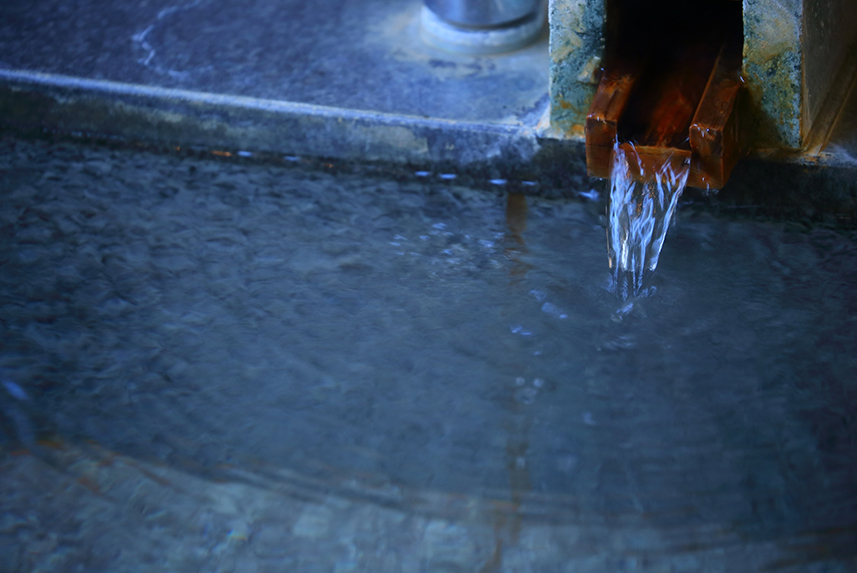
The beautiful Atami Fufu ryokan is a fairly new facility, having opened only in 2004; nevertheless, it embodies the very essence of omotenashi, the Japanese fine art of hospitality, whose attitudes and practices have been refined over centuries.
Fufu's staff are highly trained in the sublime art of omotenashi, and the ryokan has all the comforts and convenience one would expect from a modern, premium hotel, including in-room check-in and check-out, first-class spa treatments, unsurpassed gourmet kaiseki Japanese haute cuisine, and round-the-clock butler service.
Atami dates back about 1,250 years, when hot springs under the sea were discovered. Since the extremely hot water with its high salt content has excellent insulation properties, it works well for neuralgia and excessive sensitivity to cold. The water also attracts women who want to tighten up their skin and tone their body. At Atami Fufu, you can enjoy private a hot spring bath in your own room, or use the large communal baths, both indoor and outdoor. Have a soak in the natural hot springs to release your stress before and after dinner.
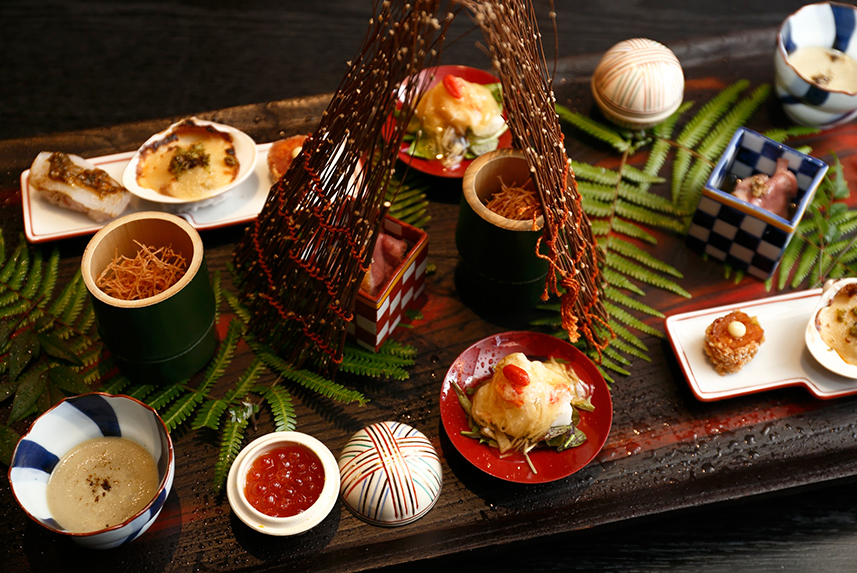
The expert chefs in Fufu's restaurant, Yumeoto, do wonderful things with the excellent local ingredients, such as the abundant local seafood, mountain vegetables and premium wagyu Japanese beef. Meals are artfully prepared, delicious kaiseki Japanese haute cuisine, and they are a dining experience you won't soon forget. Yumeoto also has tables outside on the deck for al fresco dining, as well as separate dining rooms for privacy.
*Please book in advance for pick-up service.

This popular resort town Atami is located at the eastern end of the Izu Peninsula southwest of Tokyo and is bounded by the clear waters of Sagami Bay on one side and the mountains on the other. "Atami" means "hot ocean," and was named by local fishermen who kept finding dead fish out in the bay that had succumbed to hot water flowing from a geyser on the seafloor. The hot springs of Atami have been popular for centuries - they were a favorite of Tokugawa Ieyasu, the great Shogun of the 15th century.
Check in at Atami Fufu.

The beautiful Atami Fufu ryokan is a fairly new facility, having opened only in 2004; nevertheless, it embodies the very essence of omotenashi, the Japanese fine art of hospitality, whose attitudes and practices have been refined over centuries.
Fufu's staff are highly trained in the sublime art of omotenashi, and the ryokan has all the comforts and convenience one would expect from a modern, premium hotel, including in-room check-in and check-out, first-class spa treatments, unsurpassed gourmet kaiseki Japanese haute cuisine, and round-the-clock butler service.
Atami dates back about 1,250 years, when hot springs under the sea were discovered. Since the extremely hot water with its high salt content has excellent insulation properties, it works well for neuralgia and excessive sensitivity to cold. The water also attracts women who want to tighten up their skin and tone their body. At Atami Fufu, you can enjoy private a hot spring bath in your own room, or use the large communal baths, both indoor and outdoor. Have a soak in the natural hot springs to release your stress before and after dinner.

The expert chefs in Fufu's restaurant, Yumeoto, do wonderful things with the excellent local ingredients, such as the abundant local seafood, mountain vegetables and premium wagyu Japanese beef. Meals are artfully prepared, delicious kaiseki Japanese haute cuisine, and they are a dining experience you won't soon forget. Yumeoto also has tables outside on the deck for al fresco dining, as well as separate dining rooms for privacy.
- Day 2
- Atami
The town of Atami is a charming resort destination, and has been for centuries, and there are plenty of pleasant and fun things to do in the area. The neighborhoods surrounding Fufu are full of pretty nooks and hideaways, as well as numerous hotels and private houses, perched precariously on the steep mountainsides surrounding the town - a wonderful place to explore.
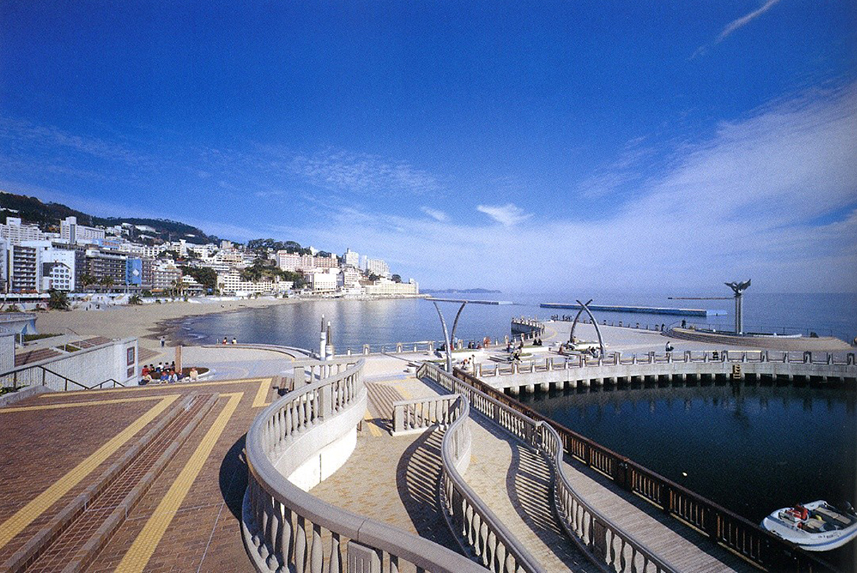
Of course, the beach is popular in the summer, and there are plenty of water sports to take part in, including scuba diving and sailing. There are also lots of sightseeing tours, by boat and bus.
Take a walk along a palm tree boulevard called Atami Sun beach. Mix with the locals to enjoy the breeze from the ocean.
The fireworks are held in not only in summer. The city of Atami hosts the Waterfront Fireworks Festival at Atami Bay from April to December.
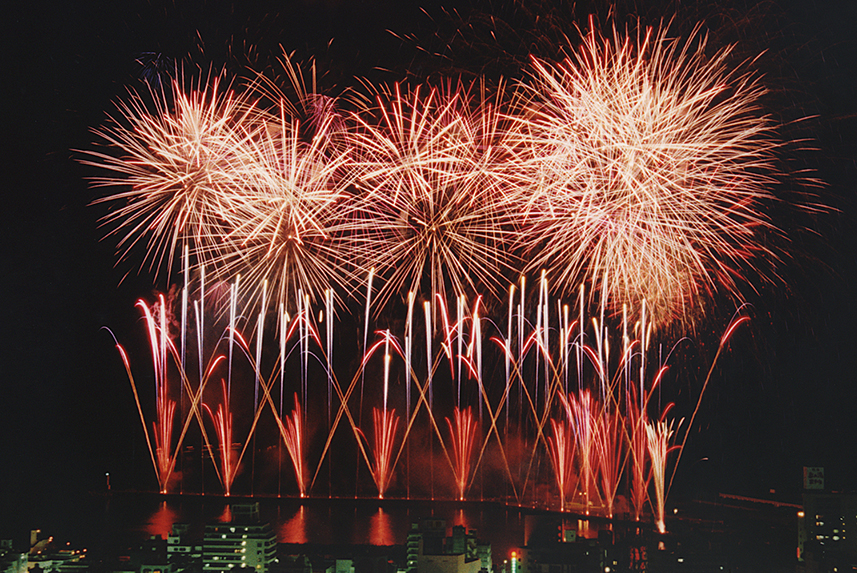
MOA Museum of Art perched on a mountaintop overlooking Atami Station, is home to some 3,500 paintings, sculptures and other artworks of all kinds. It also has a Noh theater and a golden tearoom, and is well worth a visit. The collection of the museum currently numbers some 3,500 works of art that include three National Treasures. The art is gorgeously presented and includes works of great artistic beauty and historical value.
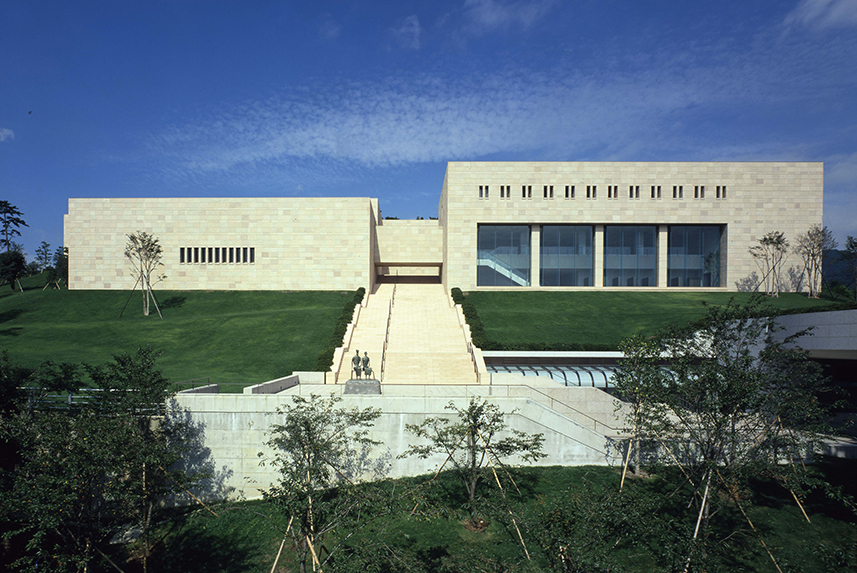
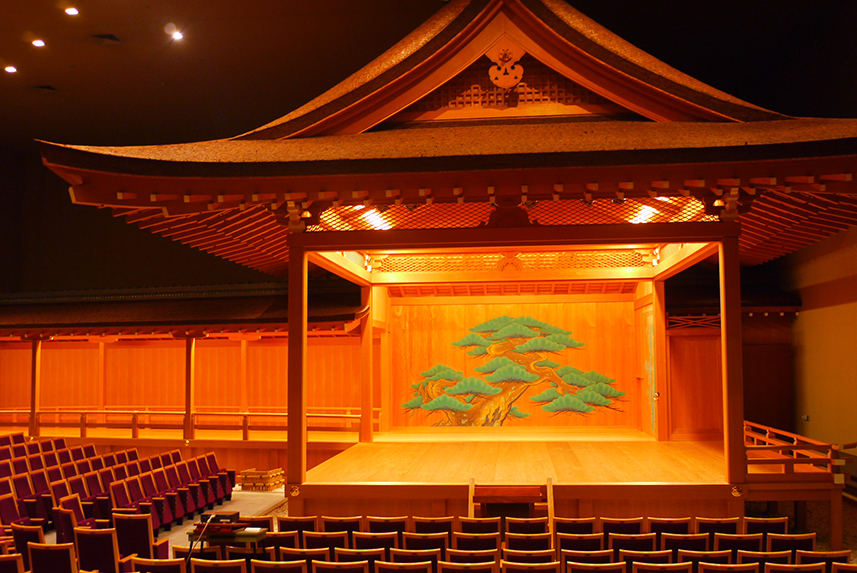
The Golden Tea Room, a replica of the original built by the great General Toyotomi Hideyoshi in 1586, who took it to the Imperial Palace in Kyoto to hold a tea ceremony for Emperor Ogimachi. The replica here accords with descriptions and drawings in contemporary records of this famous Imperial tea ceremony.
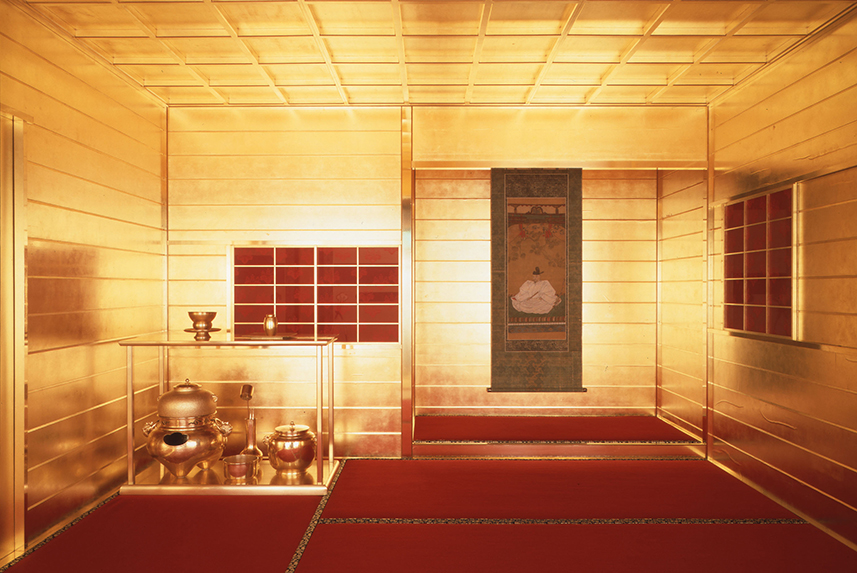
The founder, Mokichi Okada, strongly believed that "works of art should not be monopolized, but made available to be viewed and enjoyed by as many people as possible, helping to elevate human sentiment and making contributions toward cultural development."
You may also visit Kinomiya shrine. This beautiful shrine was built in about 711, after a fisherman caught a wooden statue of Buddha in his net. A 2,000-year-old camphor tree on the Kinomiya Shrine grounds is recognized as a national natural treasure and as a "power spot" for realizing your heart's desire; walking around the 24-meter circumference of this enormous tree is said to extend your life by one year.
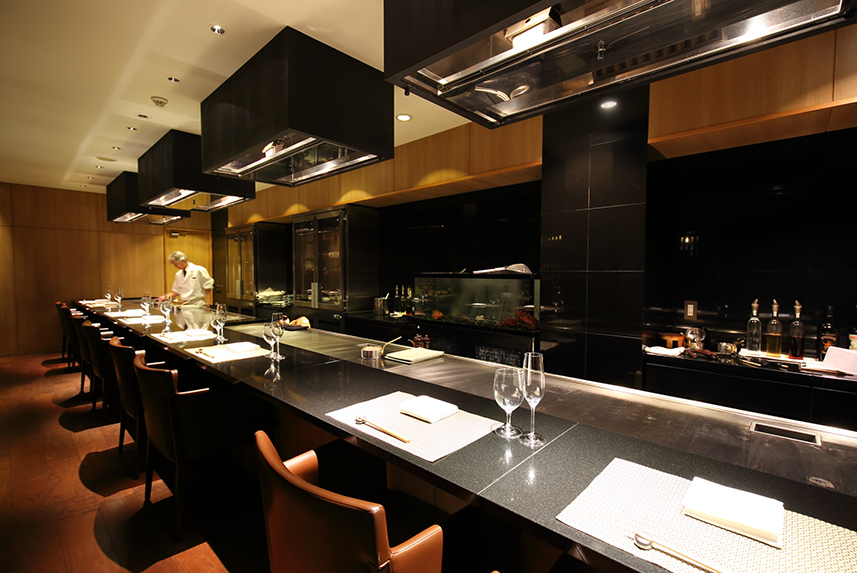
Tonight you may try marvelous teppanyaki for dinner.
Fufu also offers teppanyaki at a counter in the restaurant - fine morsels of steak, shrimp, lobster and chicken, grilled on a hot iron griddle. Atami Fufu offers an original full course Teppanyaki meal, with seasonal fresh seafood and selected wagyu premium Japanese beef. You will enjoy not only the wonderful flavors, but also the performance of the chef.

Of course, the beach is popular in the summer, and there are plenty of water sports to take part in, including scuba diving and sailing. There are also lots of sightseeing tours, by boat and bus.
Take a walk along a palm tree boulevard called Atami Sun beach. Mix with the locals to enjoy the breeze from the ocean.
The fireworks are held in not only in summer. The city of Atami hosts the Waterfront Fireworks Festival at Atami Bay from April to December.

MOA Museum of Art perched on a mountaintop overlooking Atami Station, is home to some 3,500 paintings, sculptures and other artworks of all kinds. It also has a Noh theater and a golden tearoom, and is well worth a visit. The collection of the museum currently numbers some 3,500 works of art that include three National Treasures. The art is gorgeously presented and includes works of great artistic beauty and historical value.


The Golden Tea Room, a replica of the original built by the great General Toyotomi Hideyoshi in 1586, who took it to the Imperial Palace in Kyoto to hold a tea ceremony for Emperor Ogimachi. The replica here accords with descriptions and drawings in contemporary records of this famous Imperial tea ceremony.

The founder, Mokichi Okada, strongly believed that "works of art should not be monopolized, but made available to be viewed and enjoyed by as many people as possible, helping to elevate human sentiment and making contributions toward cultural development."
You may also visit Kinomiya shrine. This beautiful shrine was built in about 711, after a fisherman caught a wooden statue of Buddha in his net. A 2,000-year-old camphor tree on the Kinomiya Shrine grounds is recognized as a national natural treasure and as a "power spot" for realizing your heart's desire; walking around the 24-meter circumference of this enormous tree is said to extend your life by one year.

Tonight you may try marvelous teppanyaki for dinner.
Fufu also offers teppanyaki at a counter in the restaurant - fine morsels of steak, shrimp, lobster and chicken, grilled on a hot iron griddle. Atami Fufu offers an original full course Teppanyaki meal, with seasonal fresh seafood and selected wagyu premium Japanese beef. You will enjoy not only the wonderful flavors, but also the performance of the chef.
- Day 3
- Departure
Check out from Atami Fufu.
Travel back to Atami station.
Otherwise you may head to Hakone via Jukkoku Toge pass by car. This route has incredible views of Mt. Fuji rising in the distance, if weather permits. You can stop to admire the view, then continue on your journey to Hakone.
* In Atami, don’t forget about Atami Kaihourou and Atami Sekaie.
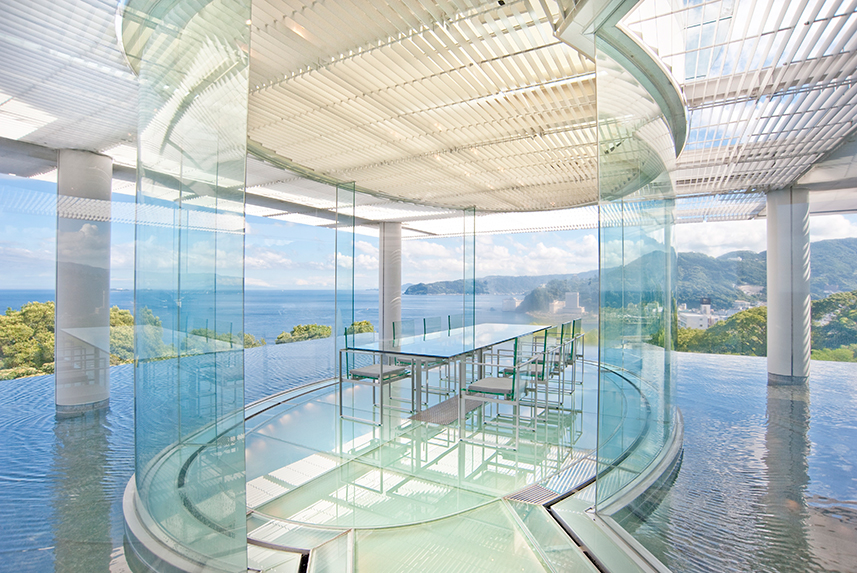
Atami Kaihourou
Atami Kaihourou is an exclusive ryokan, even more exclusive than most, based on this exclusivity extends to the accommodations -with only four rooms,the highly trained staffs are able to offer attentive service that is second to none.
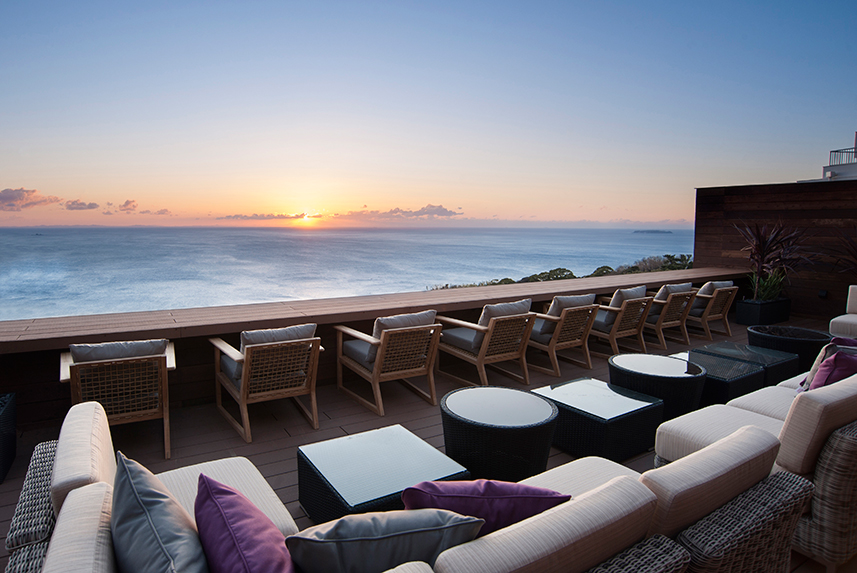
Atami Sekaie
Sekaie, whose name translates roughly as “World House,” operates under the theme “Inbound and Health,” meaning they’re especially welcoming to visitors from abroad, and they gear their offerings – cuisine, activities and services – toward optimum health and vitality.
Travel back to Atami station.
Otherwise you may head to Hakone via Jukkoku Toge pass by car. This route has incredible views of Mt. Fuji rising in the distance, if weather permits. You can stop to admire the view, then continue on your journey to Hakone.
* In Atami, don’t forget about Atami Kaihourou and Atami Sekaie.

Atami Kaihourou
Atami Kaihourou is an exclusive ryokan, even more exclusive than most, based on this exclusivity extends to the accommodations -with only four rooms,the highly trained staffs are able to offer attentive service that is second to none.

Atami Sekaie
Sekaie, whose name translates roughly as “World House,” operates under the theme “Inbound and Health,” meaning they’re especially welcoming to visitors from abroad, and they gear their offerings – cuisine, activities and services – toward optimum health and vitality.







